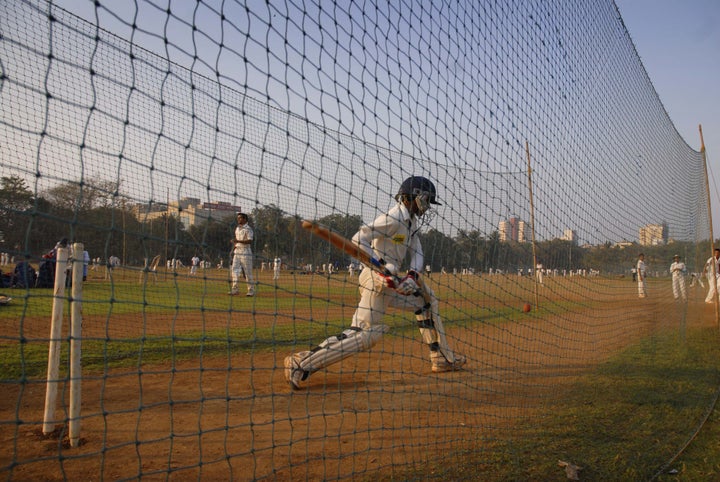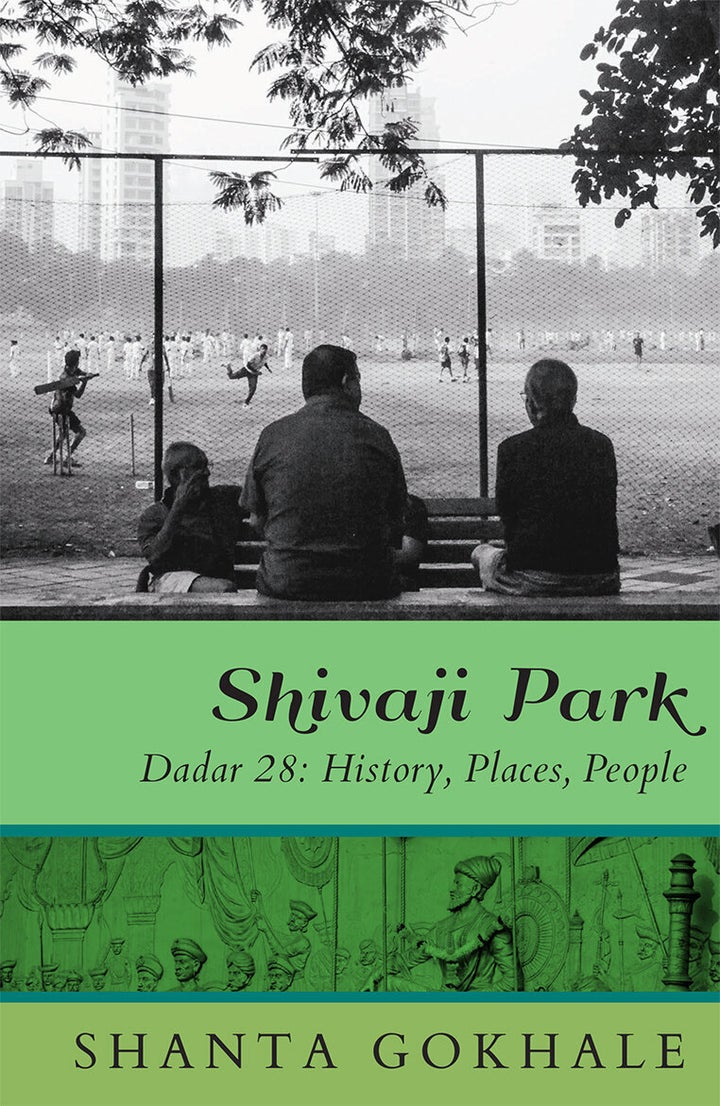
The outbreak of plague in Bombay in 1896 throws up a complex narrative of class, caste, community, tradition, ignorance and prejudice. The steps that the British government took to control the epidemic such as forcible examination, isolation and quarantine, caused intense anger among the citizens, many of whom fled to their villages to get away as much from the cure as the disease. This is not the place to enter into that labyrinth of cause and effect. What concerns us here is that Shivaji Park owes its birth, at least partly if not wholly, to the plague epidemic of 1896–97.
The problem created by the plague was not only socially complex, but medically too. There was a great resistance within the medical fraternity to accepting the new idea that baccilli were the cause of the disease. In every culture anywhere in the world, the plague had been seen as a divine retribution for man’s sins. That superstition still clung to some medical men. Others resisted out of a sense of outrage that some whippersnappers were trying to sell them new-fangled theories. One such whippersnapper was Dr Sir Waldemar Mordecai Wolff Haffkine, whom the government had requested to help contain the epidemic. Haffkine started work in a poky corridor of the Grant Medical College in Byculla. In January 1897 he had a vaccine ready. He tested it on himself before trials were conducted on volunteers from Byculla jail. Those who were inoculated, survived the epidemic, while some members of the control group died. Haffkine arrived at the conclusion that the vaccine reduced risk by 50 per cent.
Disbelieving his findings, some officials insisted that the problem had to do entirely with the lack of sanitary conditions in the over-populated city. The belief led to the setting up of the Bombay City Improvement Trust (BCIT) on 9 December 1898. The Trust’s first task was to build avenues across the length and breadth of the city to open up its landlocked central and eastern regions to healthful sea breezes. The roads would incidentally solve another problem that had been troubling the British rulers greatly. They would reduce the dense growth of toddy palms and coconut trees on the island. Not only did they block the free flow of sea air, but, worse still, their nurture created an unhealthy miasma on account of the local tradition of burying dried fish at their roots as manure. This noisome practice was held to be at least partly responsible for the rampant ill-health among the British, cutting their lives down to the proverbial two monsoons. The BCIT’s second task was to create new areas for housing on Mahim island in order to decongest the city centre. This was to be achieved by reclaiming some land from the sea and acquiring some from the Koli, Bhandari, Suryavanshi and other landowners of the island.
The BCIT’s first plans, known as Schemes 5 and 6, were designed to develop Dadar East, Matunga and Sion as residential precincts. An important feature of the schemes was building east-west roads that would release sea air to them. This entailed acquiring land from the landowners of the west. The landowners protested angrily. Why should they give up their land to benefit people living on the other side of the railway line? The land had been theirs ‘from times immemorial’ and they paid taxes on it. This gave them clout. Their anger culminated in a meeting held on the Dr Antonio da Silva grounds in 1915. A resolution was passed making their refusal to give up land for Schemes 5 and 6 clear, and demanding that a similar scheme be planned to develop Mahim Woods instead. In time the demand was granted and ‘Shivaji Park Scheme-Mahim’ for the development of one of the first planned precincts in the city was conceived.

Excerpted with permission from Shivaji Park: Dadar 28: History, Places, People by Shanta Gokhale. Published by Speaking Tiger Books, 2020.